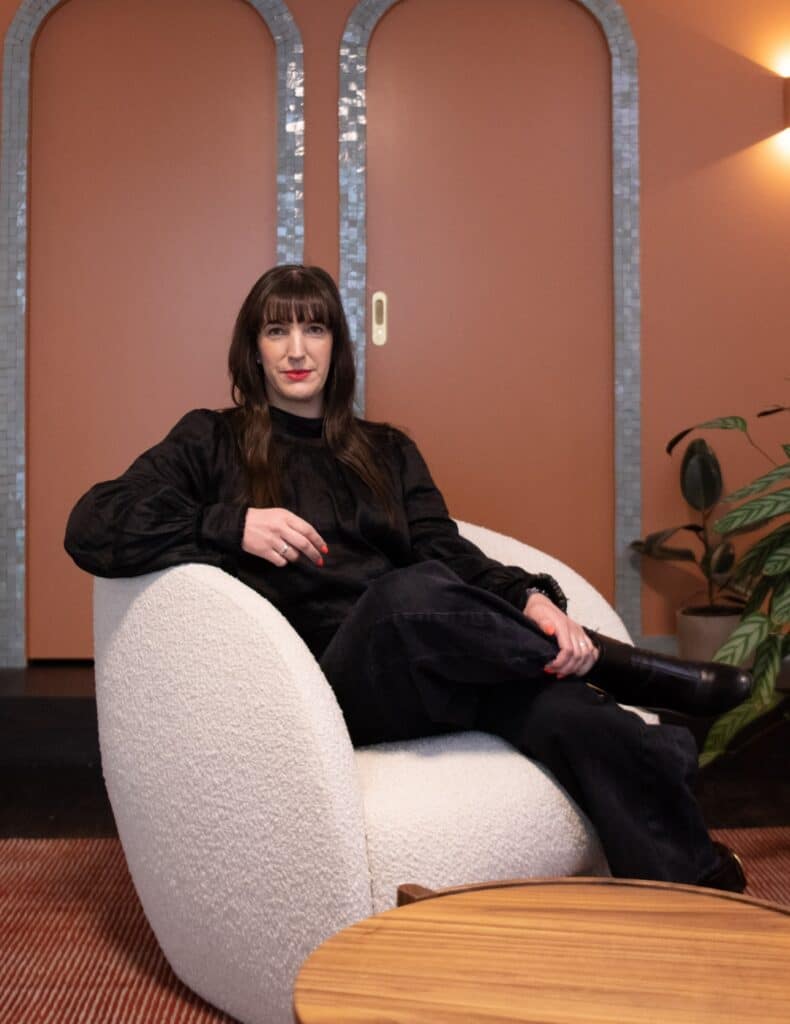FQ looks into dermal fillers as a solution to the loss of facial volume

As we get older, our muscle structure begins to change; the fat pads beneath our skin move resulting in a loss of facial volume. Cheeks appear flatter as they’ve fallen into a lower position, causing the skin to droop and sag around the muscle. In later years, facial volume loss can also cause smile lines (nasolabial folds) and jowls, which can make our eyes look more sunken in and smaller.
The most common areas to lose facial volume is lips and cheeks, which results in a more tired and aged appearance. Dermal fillers can help to restore volume and correct the natural contours of the face. We spoke to Caci’s National Clinical Support Trainer, Kate Allen, to find out what results can be achieved with dermal filler.
What is dermal filler and how is it different to Botox?
Botox is used to relax wrinkle-causing muscles. It works by reducing those unwanted negative expressions(frowns) to soften and prevent the lines they create.
Dermal fillers, on the other hand, are used to fill in lines, improve facial contours and plump up areas like the lips or cheeks. Dermal filler is an injectable gel made from hyaluronic acid – a naturally occurring substance in your skin. At Caci, we use a dermal filler called Juvederm. It contains a local anaesthetic that provides more comfort during and after injection.
What are common reasons why people choose to use dermal fillers?
Our clients often tell us that they feel like they look ‘tired and old’, or their partners or work colleagues have asked them why they look so grumpy! The loss of mid-face fat is a common concern, as this can cause the face to look sunken, dull and tired.
Where can you put dermal filler and what results can you achieve?
Caci use dermal filler in the following areas:
- Cheeks – to add volume to deflated and sunken cheeks and define cheekbones
- Lips – to add volume and definition to thin or shrunken lips.
- Corners of the mouth – to smooth any wrinkles in the area, often referred to as smile lines
- Jawline – to soften sharp or overly angular jawlines.
- Marionette lines (these run from the corners of the mouth to the bottom of the chin) – to reduce their appearance
How long does a treatment take and what does it feel like?
Treatment time depends on which area you’re treating. For your first appointment, you should allow an hour to complete consent forms plus for photos to be taken to track progress. The injection process is relatively quick.
Most people will experience only a small amount of discomfort due to the local anaesthetic in the dermal filler.
How long does it take to notice results and how long do they last?
Results will be visible immediately after your treatment (although you may have a small amount of bruising/swelling but this will usually settle in a day or two). As this settles and your cells integrate with the filler, your final optimal result should be visible around a month after the treatment. Dermal filler results last from 12-24 months, although it does vary from person to person.
* This article was brought to you by Caci. To find out more about dermal fillers and if they’re right for you,visit caci.co.nz.










